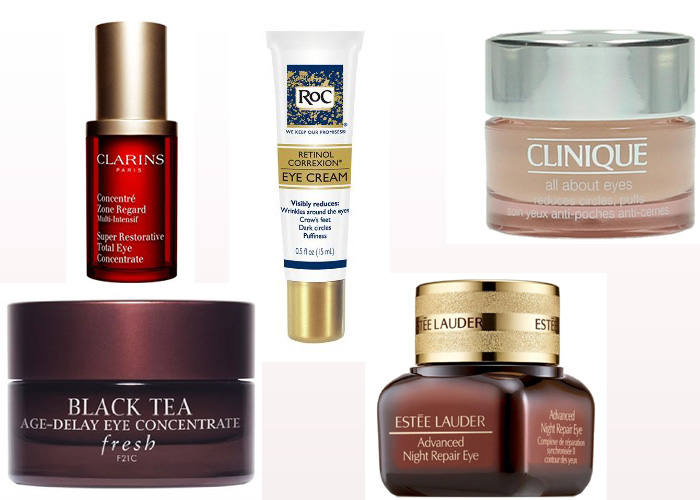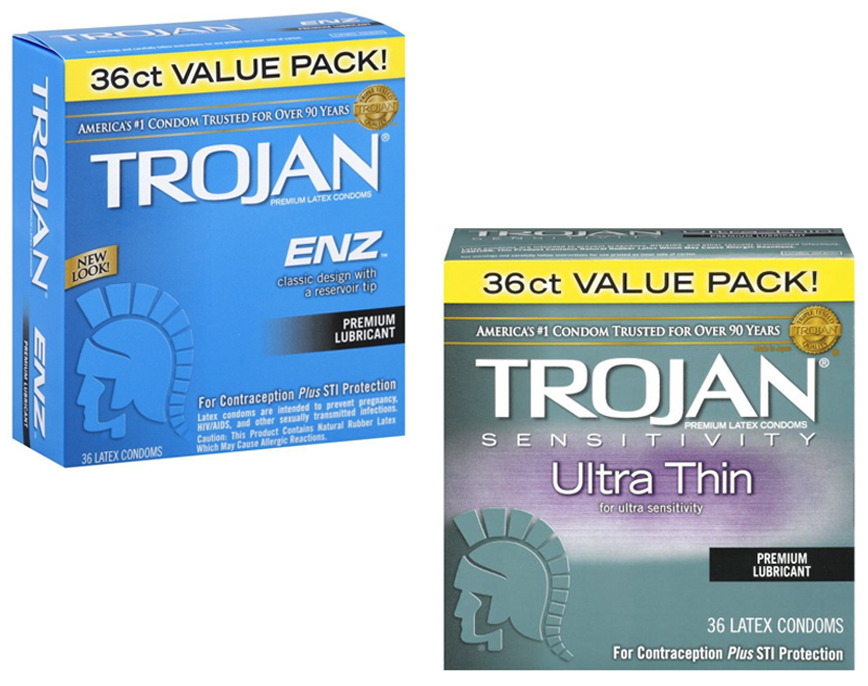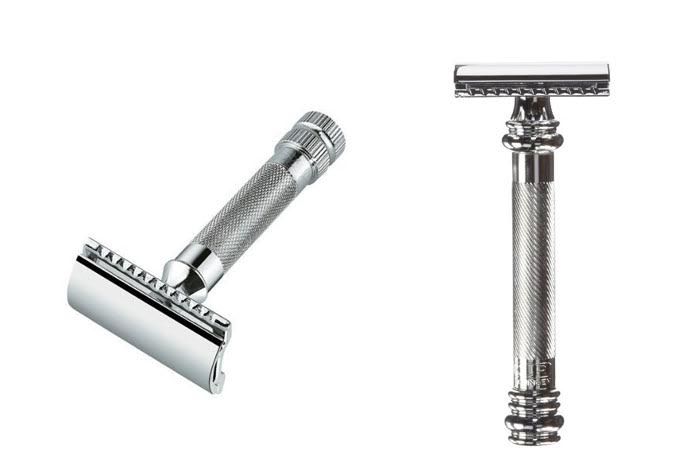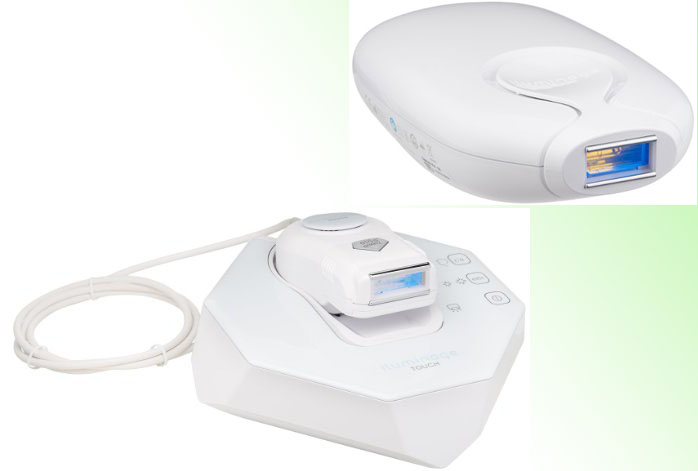Eating more whole grains will lower your risk of many things, including type 2 diabetes, cancer, heart disease and digestive problems. A whole grain includes three parts of the wheat grain: the endosperm, bran, the outer core layer and the germ, which is the embryo of the grain. You can get both wheat germ and wheat bran separately. Add them to the cooked or cold cereal, as a flour substitute in baked dishes or mix them in ground beef for extra nutrition products.
What is the difference between wheat bran and wheat germ? Wheat is one of the most cultivated worldwide cereals with corn and rice. The bran and wheat germ are two different parts of the wheat kernel.
Differences between Wheat Bran and Wheat Germ:
– Wheat Bran: the outer part of the wheat kernel, is one of the richest sources of insoluble fiber which helps fight constipation, also has minerals, protein and B vitamins, but fewer than wheat germ.
Among its properties and health benefits, we have wheat bran is recommended to combat constipation, prevent hemorrhoids and lower cholesterol.
– Wheat Germ: the inner part of the wheat kernel contains more nutritional properties, has more protein, vitamins and minerals than wheat bran. It is a natural antioxidant rich in B vitamins, vitamin E, selenium, iron, zinc and essential fatty acids.
Among its properties and health benefits, we have wheat germ is recommended to prevent mental fatigue, aids memory, prevents the accumulation of cholesterol in the arteries, is ideal for pregnancy, lactation and growth.
Vs
Carbohydrates
Wheat germ has 14 grams of carbohydrates per serving of 1 ounce, while wheat bran contains about 17 grams per ounce. Are also dense with both soluble and insoluble fiber, wheat bran has a higher concentration of these. A 1-ounce serving of wheat bran contains 11.8 grams of fiber or approximately 42 percent of the daily fiber intake for a woman and 32 percent of that of a man. Wheat germ has a small amount of simple sugars and wheat bran none.
Protein
Wheat germ and wheat bran are high in protein: wheat bran contains 5 grams per ounce and wheat germ provides 8 grams per ounce. Eat a serving of wheat germ meets 17 percent of the daily protein needs of a healthy woman, while bran meets about 11 percent of their protein RDA (recommended dietary allowance). Wheat germ provides a man 14 percent of your daily needs per ounce and wheat bran would be a 9 percent per ounce.
Vitamins
Wheat bran and wheat germ contain high levels of B vitamins, including riboflavin, pantothenic acid, vitamin B-6, folic acid and thiamine. Wheat bran is rich in niacin, as it has 5.8 milligrams per ounce fulfilling 41 percent of the RDA of women and 36 percent of that of a man. Wheat germ has more thiamine. Each 1-ounce serving contains about 0.5 milligrams, providing at least 41 percent of the daily requirement of an adult.
Minerals
Both wheat germ and wheat bran are excellent sources of manganese, wherein each ore contains more per ounce than adequate intake for men and women. Wheat germ and wheat bran is also high in iron, copper, zinc and magnesium. Furthermore wheat germ contains 33% of the recommended daily dose for adult’s selenium.








